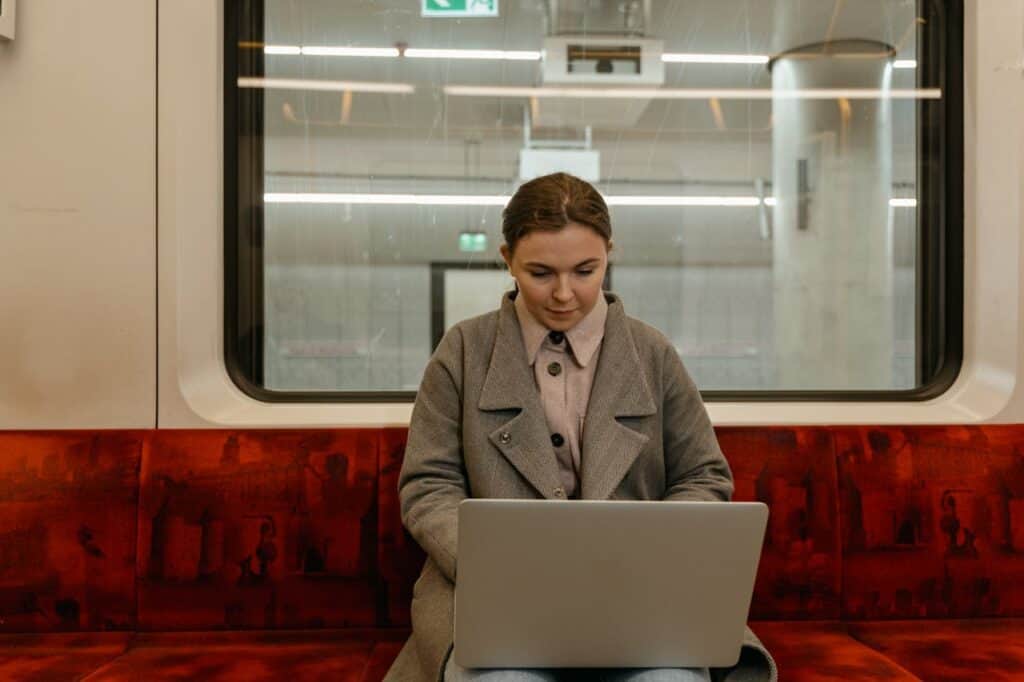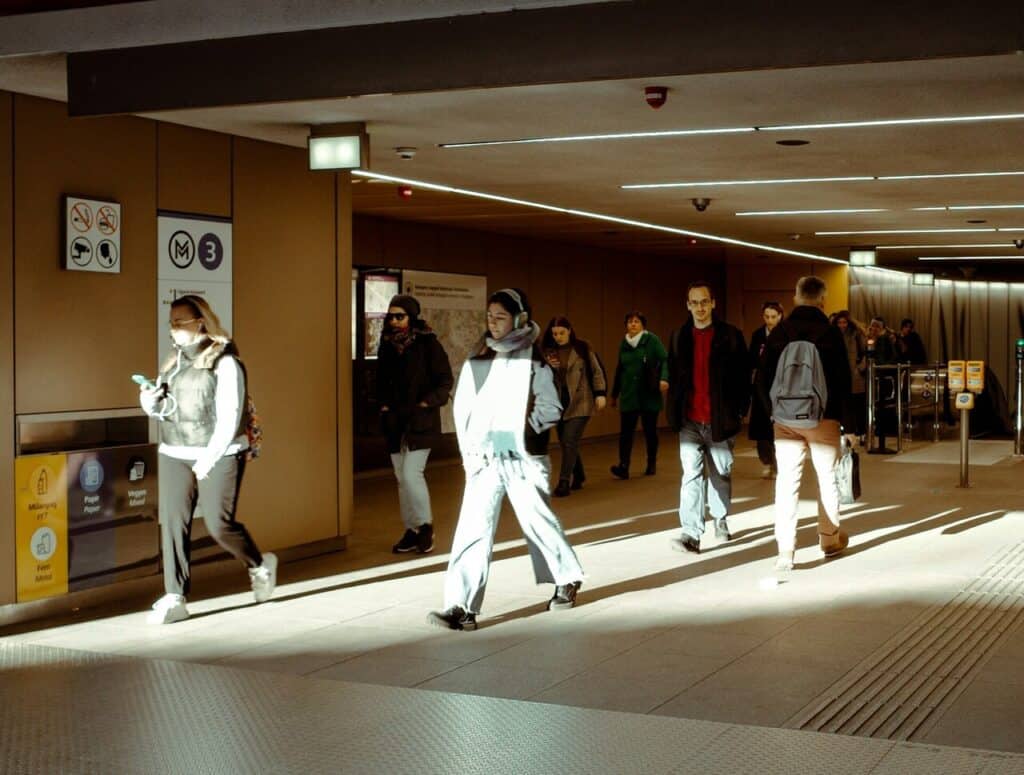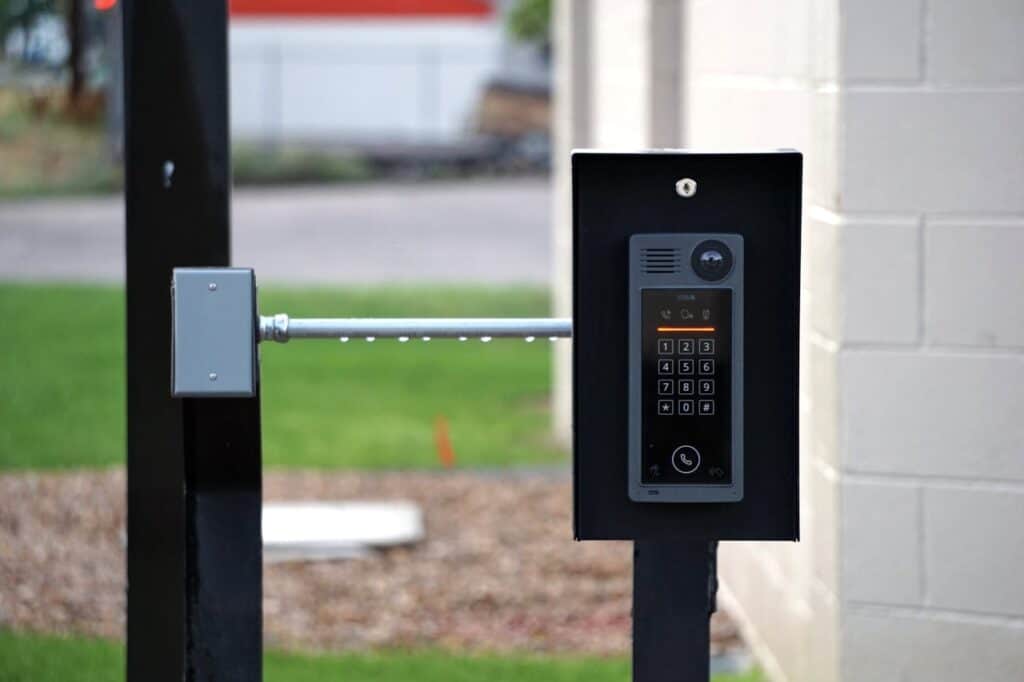We may earn money or products from the companies mentioned in this post. This means if you click on the link and purchase the item, I will receive a small commission at no extra cost to you ... you're just helping re-supply our family's travel fund.

The digital-nomad trend isn’t fading; it’s refining. After years of chasing cheap Wi-Fi and warm beaches, many remote workers now want grounded, connected living especially as autumn draws people back to cities that blend mobility with comfort.
This fall, a new kind of digital nomad is emerging: one who values reliable transit, security, and short-term rhythm over spontaneous chaos. It’s less about “running away” and more about “moving smart.”
Here’s the thing-working from anywhere still works, but only if “anywhere” has structure. Secure housing, walkable neighborhoods, and frictionless transit can turn temporary stays into productive weeks that feel almost local.
Let’s break down how to make a city rotation actually sustainable without losing the spirit of freedom that started it all.
1. Choosing Transit-First Cities That Move With You

If you’re working remotely and staying for a few weeks, transportation is everything. A solid metro, safe bike lanes, and a predictable commute rhythm can make or break your productivity. Forget long rideshares or scattered buses; transit-first cities let you slip into a functional routine almost instantly.
Reliable Mobility Means Predictable Workdays
When you can count on a subway or tram to get you to your co-working space on time, your energy shifts from logistics to focus. Cities like Lisbon, Berlin, and Seoul excel here: fast passes, real-time tracking, and intuitive routes that make everyday travel effortless.
A digital-nomad week thrives on rhythm. Knowing you can move easily each day frees you to explore evenings without exhaustion or planning fatigue.
Neighborhoods That Sync With Transit
Proximity matters. Staying near a metro line or tram corridor saves hours over the course of a week. Look for mixed-use zones where groceries, cafes, and gyms cluster near stops. It’s the difference between feeling like a traveler and settling in like a temporary resident.
Walkability builds connection both to the city and your own habits. A morning stroll or quick commute can become a form of stability in a rotating lifestyle.
2. Prioritizing Security Without Losing Spontaneity

Safety isn’t the opposite of adventure; it’s what lets you keep having them. Nomads who plan secure stays get to relax enough to enjoy spontaneity. From digital security to personal well-being, a few steps upfront make your short-term city life seamless.
Smart Accommodations Over Cheap Fixes
Skip rock-bottom rates. Focus on places with gated entry, neighborhood reviews, and consistent Wi-Fi. Modern co-living setups or serviced apartments offer flexible leases and professional maintenance.
Think of it like this: paying slightly more for a vetted, well-connected base often saves you from the energy drain of daily uncertainty.
Digital Security on Public Networks
You can’t avoid public Wi-Fi, but you can use it safely. Always connect through a VPN, avoid unverified hotspots, and use two-factor authentication on all logins. Treat your digital space like your apartment—lock it up before leaving.
Security enables presence. Once you stop worrying about breaches or theft, you can actually live your urban week fully.
3. Designing a Week That Feels Rooted, Not Rushed

Transit and security set the stage but what makes the week work is how you live inside it. A seven-day digital-nomad rotation can feel both grounded and fresh if you build structure around small anchors: where you work, eat, and unwind.
Creating a Local Routine
Start by identifying one workspace, one breakfast spot, and one park or plaza to revisit daily. Routine isn’t the enemy of exploration; it’s what keeps you balanced. In transit-first cities, these spots become easy to reach, which makes commitment simple.
You’ll find focus returning faster and your downtime feeling earned instead of scrambled.
Making Time for Micro-Exploration
Don’t try to “see it all.” Instead, layer small discoveries throughout your week. Try one neighborhood market, one cultural event, or one nearby town by train. You’ll absorb more through repetition than through constant novelty.
What this really means is: treat the city as a living workspace, not a checklist.
The Nomad’s Fall Reset
This fall, remote life isn’t about escaping; it’s about refining movement into something sustainable. Transit-first weeks bring clarity. Secure stays create calm. Structured exploration turns travel into continuity instead of chaos.
The digital-nomad model doesn’t have to be a blur. When done right, it’s a series of intentional, productive weeks; each city another chapter, not another reset.